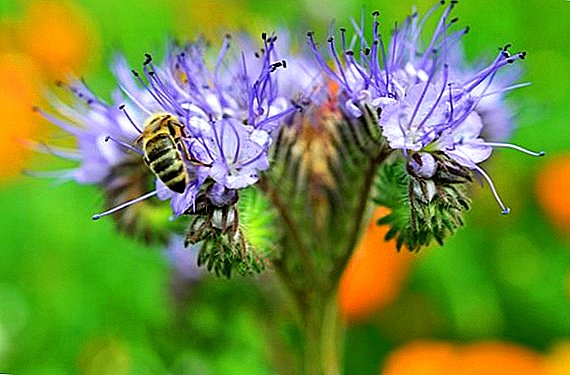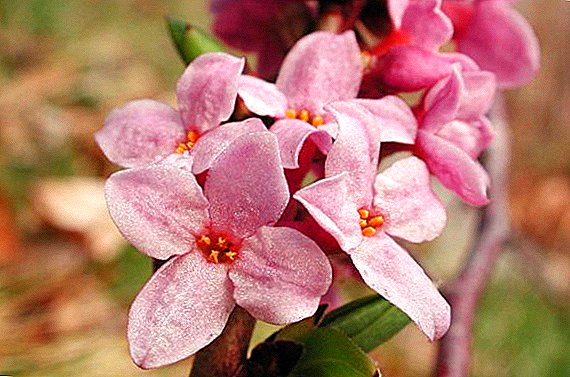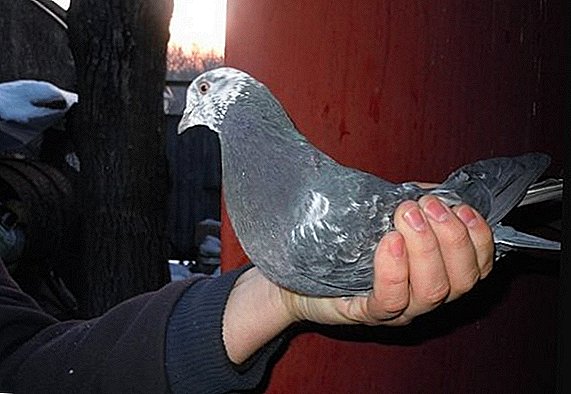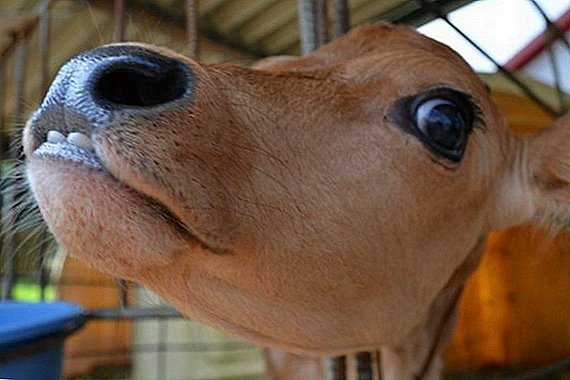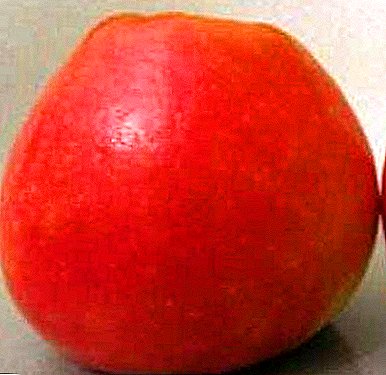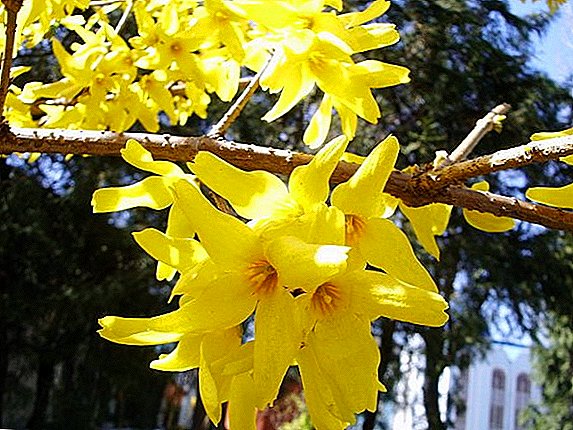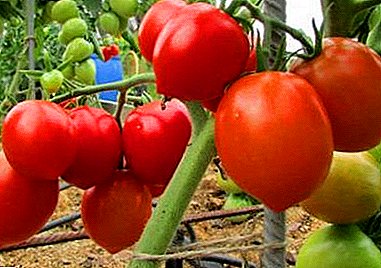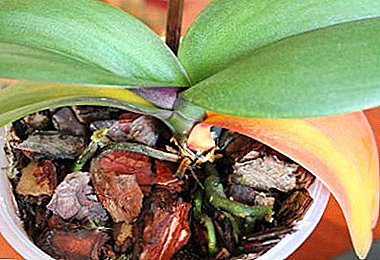
Exotic orchids perfectly take root and bloom at home. But often, flower growers come across the fact that seemingly absolutely healthy indoor plants start to dry leaves. This not only darkens the appearance of a beautiful flower, but also endangers its continued existence.
In this case, it is necessary to find out the causes of the disease and take appropriate measures. This is what the article will be about.
What it is?
Healthy leaves of tropical beauty dense, smooth, elastic, rich green color.
Orchid leaf begins to dry from the tipsso an ugly peel appears. At the same time the leaf becomes light sandy or dark brown. But sometimes the drying process starts from the middle of the sheet, resembling burns or stains.
Any deterioration in the appearance of the flower is a bad sign.
What is the danger?
 Many especially beginners, growers do not attach importance to the drying leaf. Thereby losing precious time for the treatment and restoration of the plant.
Many especially beginners, growers do not attach importance to the drying leaf. Thereby losing precious time for the treatment and restoration of the plant.
Orchid leaves can dry in 2-3 hours. After which the plant may die. That is why you can not delay the treatment. Pay attention to even the smallest changes in appearance.
The process of withering and drying leaves can affect the health of neighboring indoor plants. Having noticed such changes in the pet's appearance, it is necessary to immediately isolate it from other plants.
Why does drying occur?
The reasons why the foliage of an exotic culture dries a lot. Like any other plants, orchid leaves grow, perform their functions, and then grow old and die.
If the lower leaf turns yellow and dries out, this is a natural process and there is no reason to sound the alarm. He will give his nutrients to the flower and most likely he will fall off.
But if all the leaves of an orchid have dried up at once, this is a serious cause for concern.
Possible reasons:
- Stress (may provoke a change in conditions of detention).
- Insufficient lighting - Exotic plants need ambient lighting. If not enough natural light - you need to use ultraviolet lamps.
- Direct sunlight - leaves can dry out from overheating or get burned.
- Low air humidity - loss of moisture provokes drying leaves.
- Irrigation mode violations - the roots no longer nourish the plant, the leaves take over this function. When excessive watering rots the soil, and then the roots. And with insufficient watering the roots dry on the contrary.
- Hard water - impurities are deposited on the substrate and roots, moisture is hardly absorbed.
- Dangerous neighborhood - nearby plants, such as pelargonium, cocca, and araucaria, can adversely affect the orchid.
- Fertilizers - for orchids are optimal compositions with potassium. Its lack leads to yellowing and dropping leaves.
- Pests - one of the most dangerous causes of foliage drying.
What to do?
Even if you notice that the plant is beginning to fade, do not rush to get rid of it. Proper care will help restore it, and it will delight you with its bloom for a long time.
If whole leaf plates are dried
 If one or two lower leaves have dried, and the plant looks healthy, there is no cause for concern. This is a natural process - the flower gets rid of unnecessary old foliage.An exotic flower needs help if:
If one or two lower leaves have dried, and the plant looks healthy, there is no cause for concern. This is a natural process - the flower gets rid of unnecessary old foliage.An exotic flower needs help if:
- the growth and development of culture stops;
- leaves begin to shrink and lose turgor;
- roots change color to brown.
Even the presence of one of the listed signs is a reason for plant rehabilitation.
We offer to watch a video on what to do if the lower leaf plates of an orchid have dried up:
Tips
Drying tips leaves do not necessarily lead to their complete withering. But to ignore this phenomenon is impossible, because it seriously affects the appearance of an exotic beauty.
Insufficient moisture is not the only cause of dark and dry tips of foliage. This can result from watering with hard water, the presence of pests, and the violation of the substrate moisture, and the lack or excess of fertilizers, and elevated air temperatures, and too bright light or direct rays, and even too close capacity.
To identify the cause of drying of the tips of the leaves and take the correct actions for rehabilitation, it is necessary to inspect and evaluate the condition of the plant responsibly.
- Dry air - additionally install a humidifier and a pallet with wet pebbles or moss under the flower pot.
- Poor water - defend water for irrigation at least a day, you can replace ordinary water with rainwater or boiled water.
- Wrong watering - When over-wetting, let the substrate dry out and skip one watering. If there is no drainage or drain hole is too small - immediately transplant the flower.
- Drought - on the contrary, water more often. But make sure that the water does not stand in the pallets.
- Pests - be sure to isolate the plant from other indoor crops to prevent the spread of parasites. Then it is necessary to increase the humidity of the air, wash the leaves with soapy water. In case of transplanting a flower, it is necessary to thoroughly process and disinfect the container.
 Especially carefully for the presence of pests need to inspect the shoots and the underside of the leaves.
Especially carefully for the presence of pests need to inspect the shoots and the underside of the leaves. - Violation of conditions of detention - to provide optimal lighting, temperature, humidity, feeding mode.
Regardless of the reasons for which the tips of the leaves began to dry, be sure to take the following hygienic measures:
- remove from the surface of the substrate white bloom, replace the surface layer of soil with a new fresh soil;
- remove dust from plants;
- change the air humidity by placing a humidifier or a container with water next to it.
Restore root system
If they have become brittle and have a brown tint - it means that they died, and this is the main reason for the leaves to dry out. But even in this case, you can save the beautiful room. For this must be removed from the roots of moss and soil. With the help of a sharp disinfected knife to get rid of all damaged and dead areas.
Places cut slices Zelenko or sprinkle with charcoal powder. Resuscitate the plant to transplant in a new slightly moist substrate.
The transplanted orchid should not be watered for the first few days.. Just lightly spray.
How to prevent re-occurrence of the problem?
Comfortable conditions and competent care for a tropical beauty - the best prevention of the appearance of dried leaves.
Simple, but very important rules for the care and maintenance of orchids:
- solar diffused light;
- humidity not lower than 70%;
- reasonable watering with warm, settled water;
- air temperature is 17-24 degrees;
- well-chosen substrate;
- moderate top dressing;
- timely transplant with a complete replacement of the soil;
- regular inspection.
Exotic orchid is capricious but enduring. therefore if the plant began to dry the leaves - the chances of recovery are great even in the absence of a normal root system. It is enough time to identify and eliminate the cause.


 Especially carefully for the presence of pests need to inspect the shoots and the underside of the leaves.
Especially carefully for the presence of pests need to inspect the shoots and the underside of the leaves.